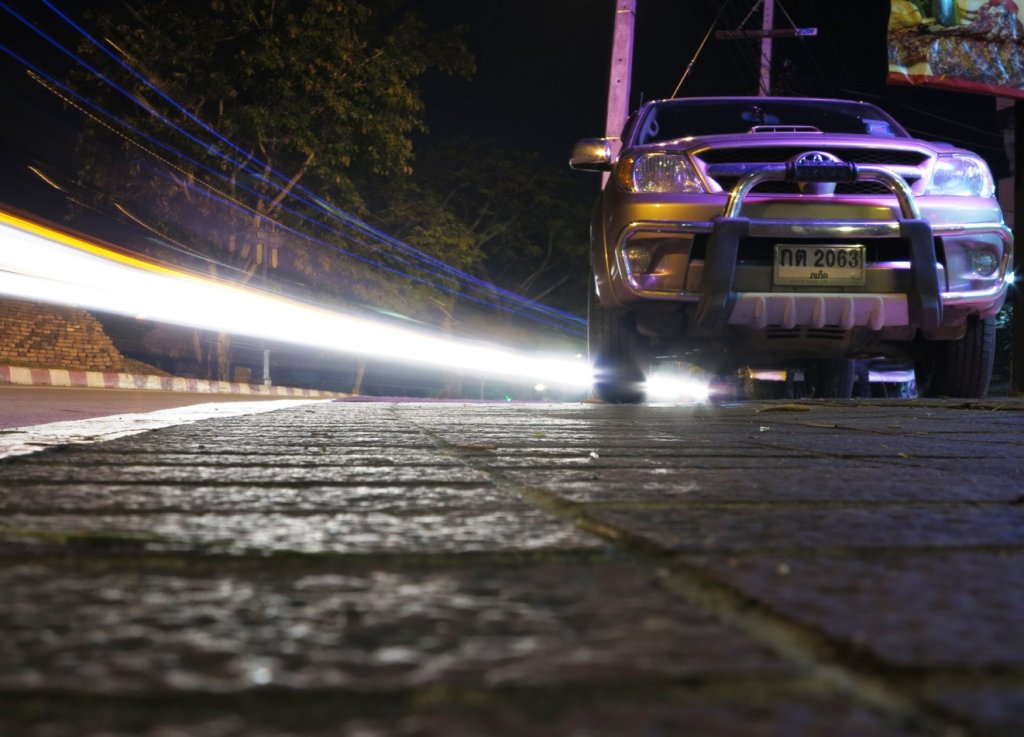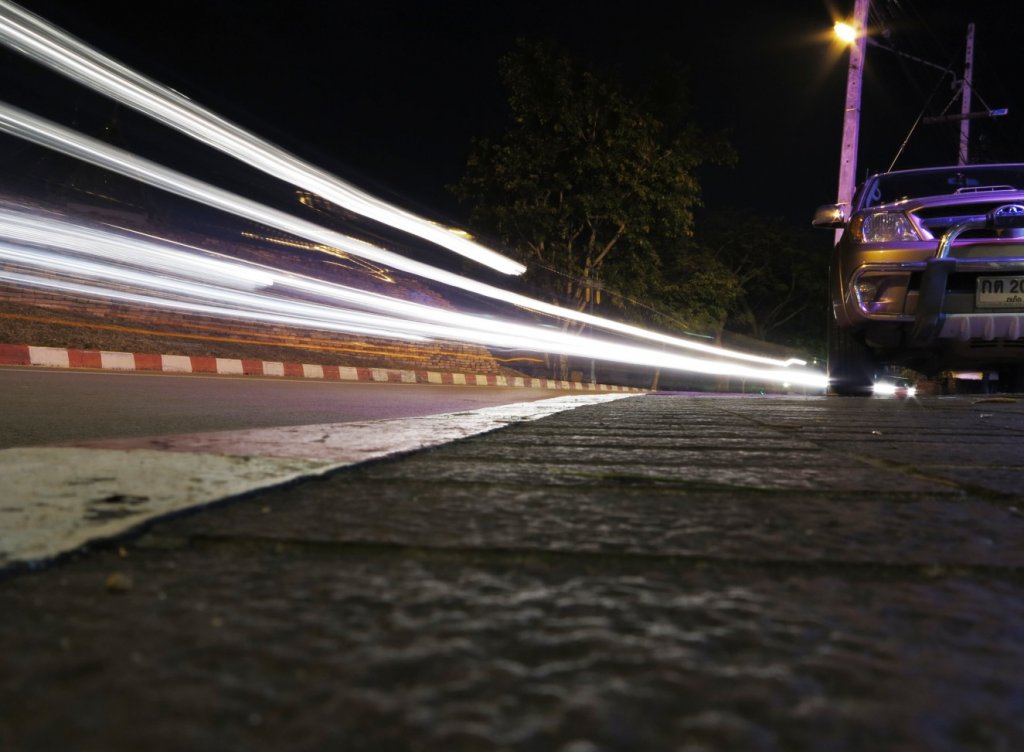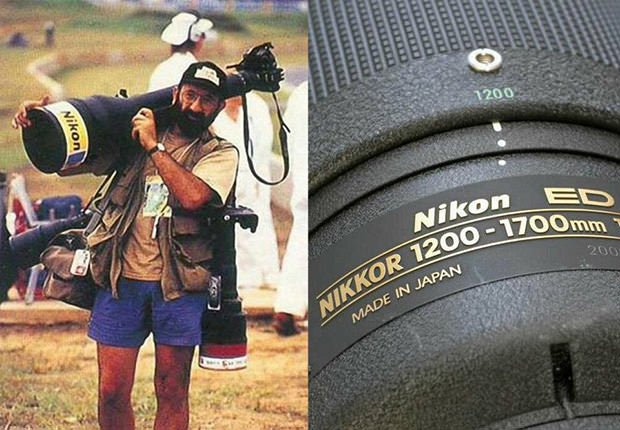KTMphil
Senior member
Compact camera choices for motorbike touring
Canon S95 IS
Most people would agree that the Canon S95 IS (USD$390) is probably the best compact camera for motorbike touring. It has the same sensor as the Canon G12 & G11, but a better faster lens!
There's a decent review of the Canon S95 IS below:
http://www.kenrockwell.com/tech/recomme ... htm#pocket

Canon G12
The Canon G12 (USD$ 470), is another great camera, which has a great cult following, but for motorcycle touring, it's bulkiness and extra weight doesn't make sense over the Canon S95 IS which has the same sensor and better lens, the S95 is also USD$100 cheaper.
Review of the Canon G12 below:
http://www.kenrockwell.com/canon/compacts/g12.htm

Panasonic Lumix LX5
The Panasonic Lumix LX5 is another decent choice (USD$400). Advantage's of the camera is its wide angle lens, the ability to add the Panasonic's G1 viewfinder & it will accept aftermarket zoom and wide angle lenses.
Review of the Panasonic Lumix LX5 is below:
http://lumix-lx5.net/

Below the Panasonic Lumix LX5 with an aftermarket lens attached

Canon S95 IS
Most people would agree that the Canon S95 IS (USD$390) is probably the best compact camera for motorbike touring. It has the same sensor as the Canon G12 & G11, but a better faster lens!
There's a decent review of the Canon S95 IS below:
http://www.kenrockwell.com/tech/recomme ... htm#pocket

Canon G12
The Canon G12 (USD$ 470), is another great camera, which has a great cult following, but for motorcycle touring, it's bulkiness and extra weight doesn't make sense over the Canon S95 IS which has the same sensor and better lens, the S95 is also USD$100 cheaper.
Review of the Canon G12 below:
http://www.kenrockwell.com/canon/compacts/g12.htm

Panasonic Lumix LX5
The Panasonic Lumix LX5 is another decent choice (USD$400). Advantage's of the camera is its wide angle lens, the ability to add the Panasonic's G1 viewfinder & it will accept aftermarket zoom and wide angle lenses.
Review of the Panasonic Lumix LX5 is below:
http://lumix-lx5.net/

Below the Panasonic Lumix LX5 with an aftermarket lens attached










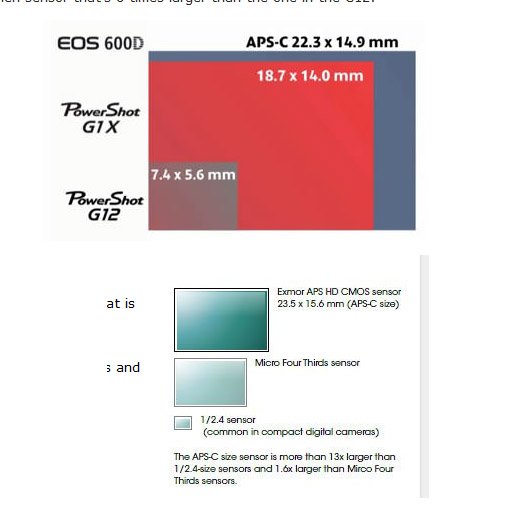
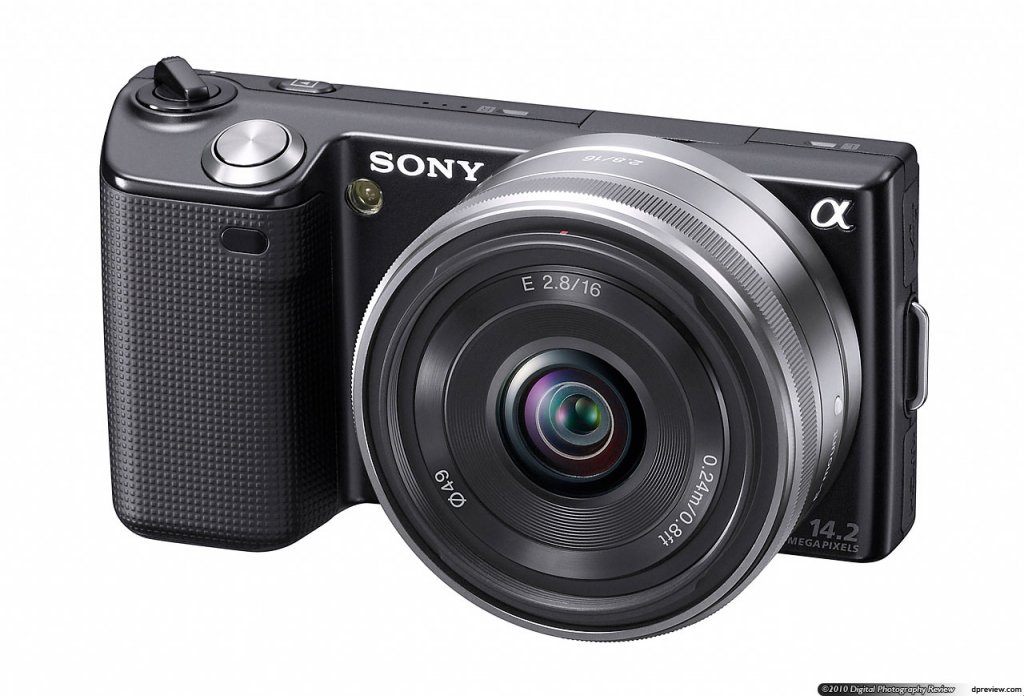
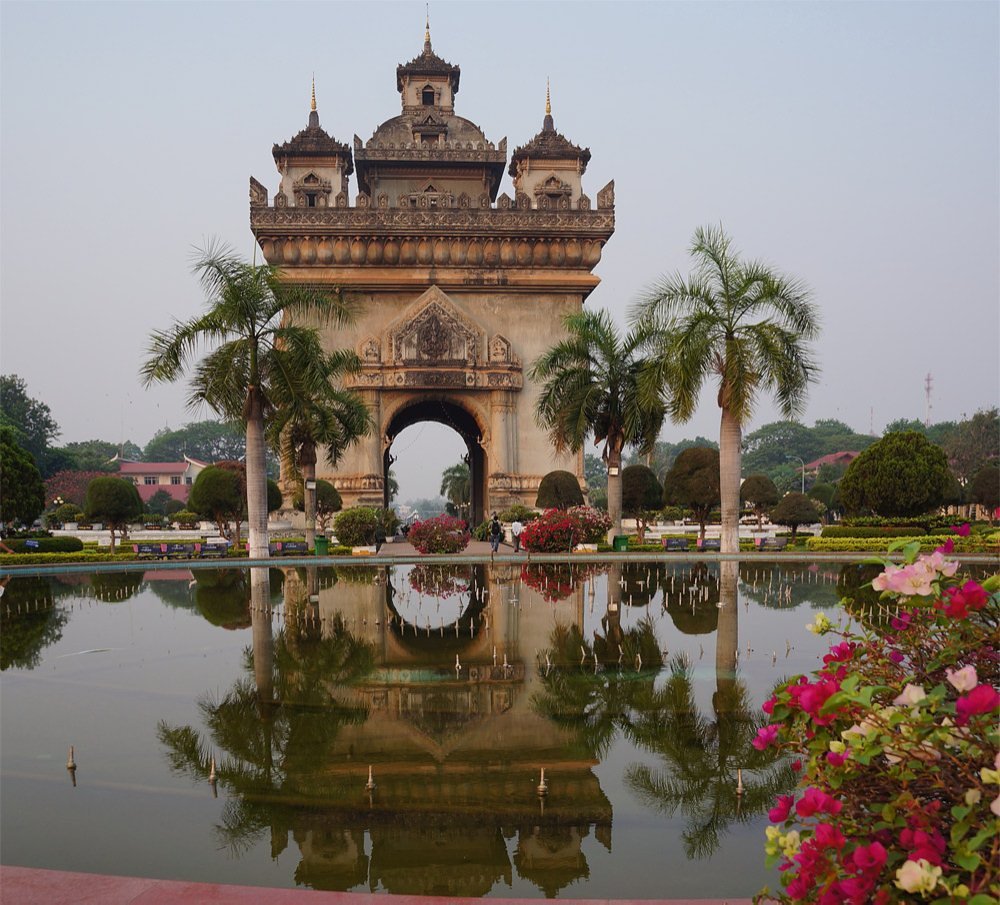

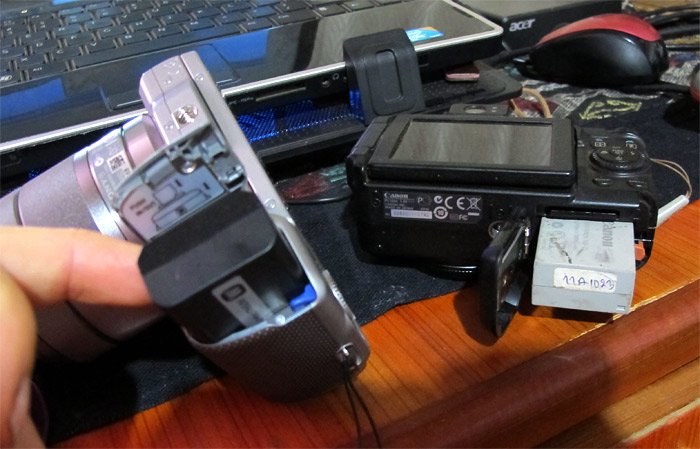
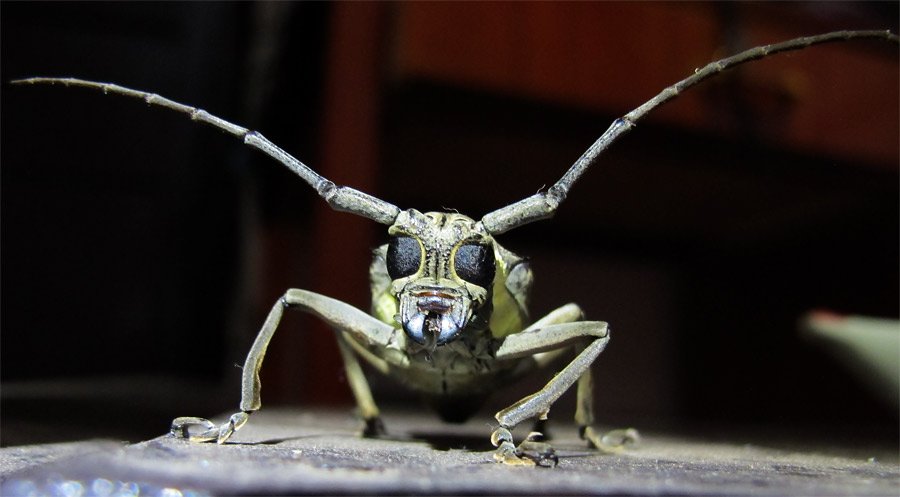
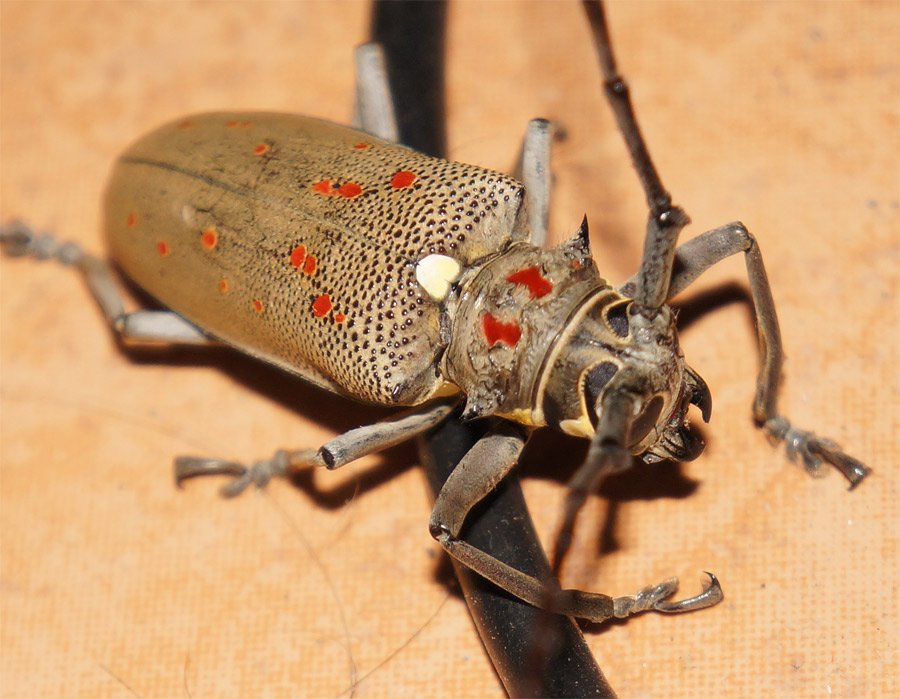
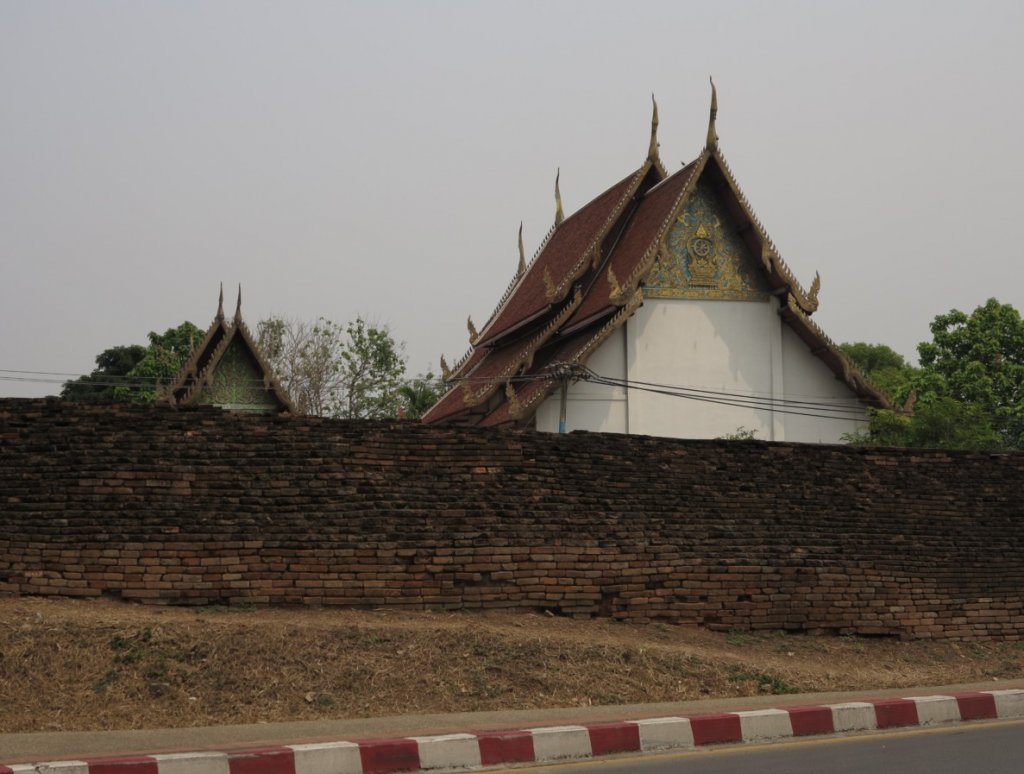
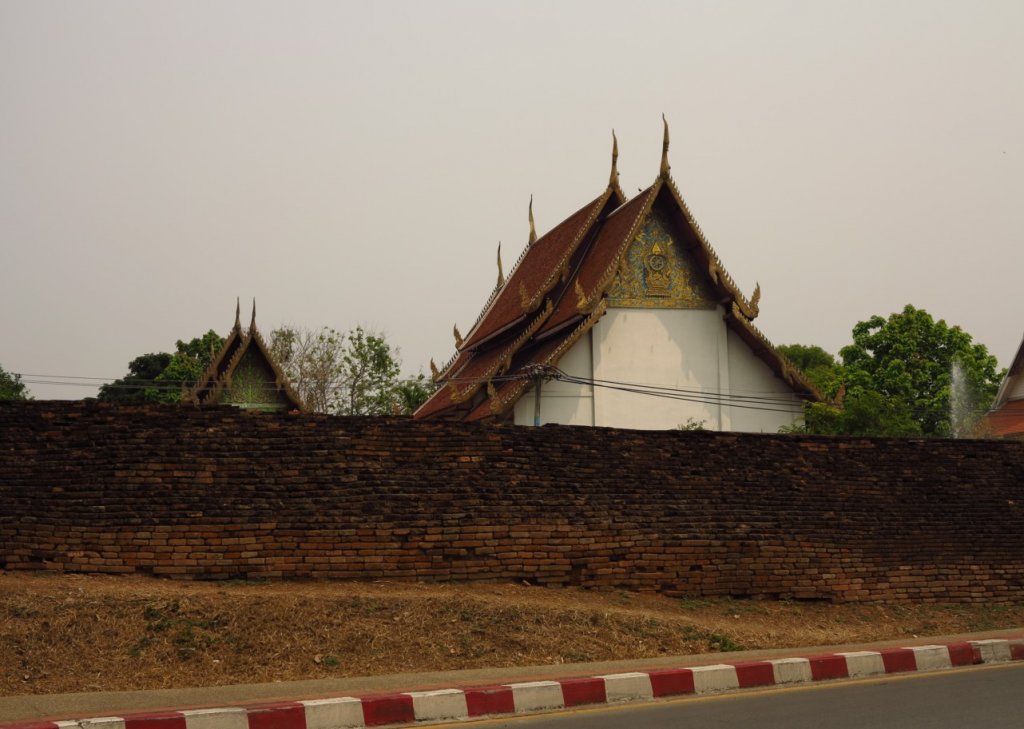
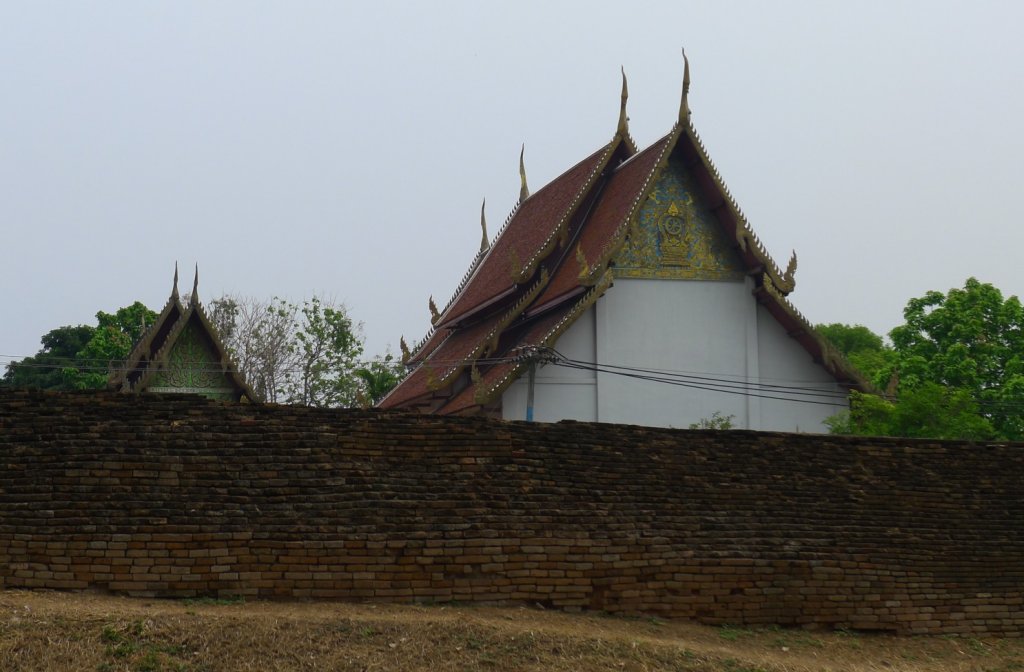
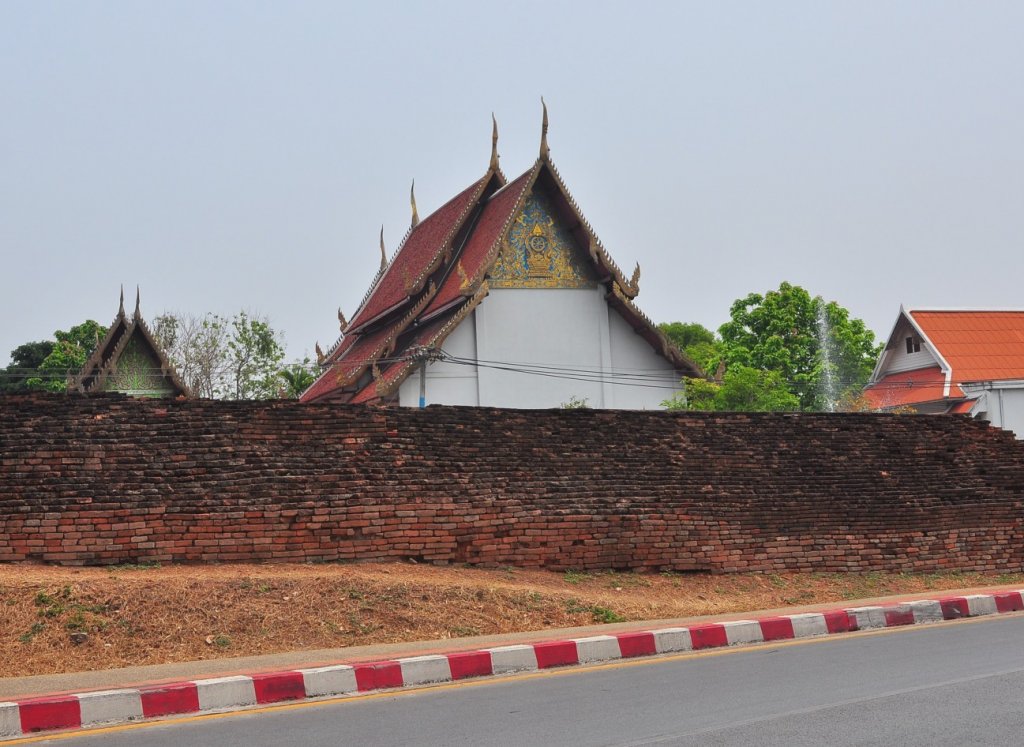
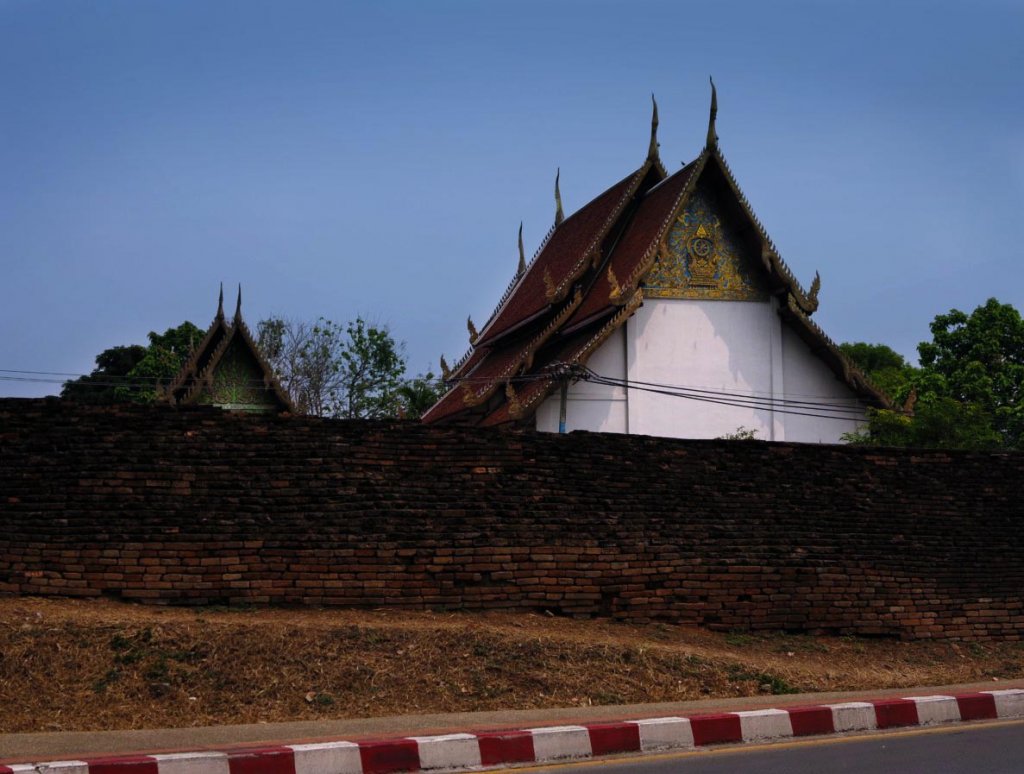
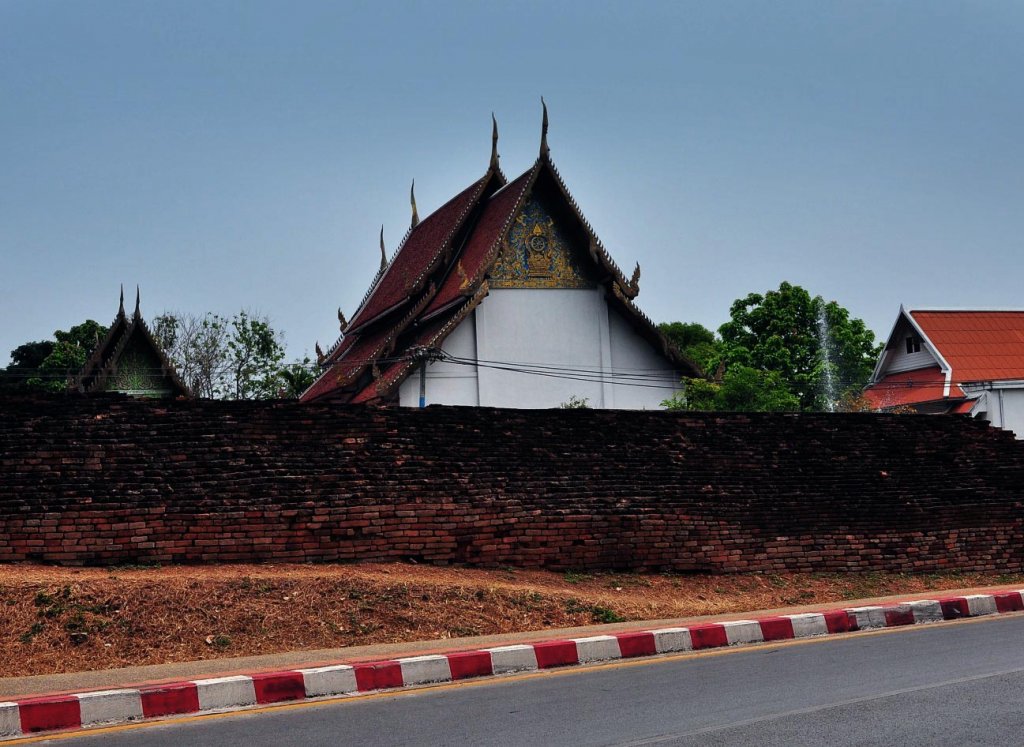
 The NEX7, 5n, the Canon G1X, the Panasonic GX1, and the Oly OMD, are all small and very capable/fast, just depends on 1) which one you like to actually handle/use the best and 2) and which one produces images that you personally like the best.
The NEX7, 5n, the Canon G1X, the Panasonic GX1, and the Oly OMD, are all small and very capable/fast, just depends on 1) which one you like to actually handle/use the best and 2) and which one produces images that you personally like the best. 


